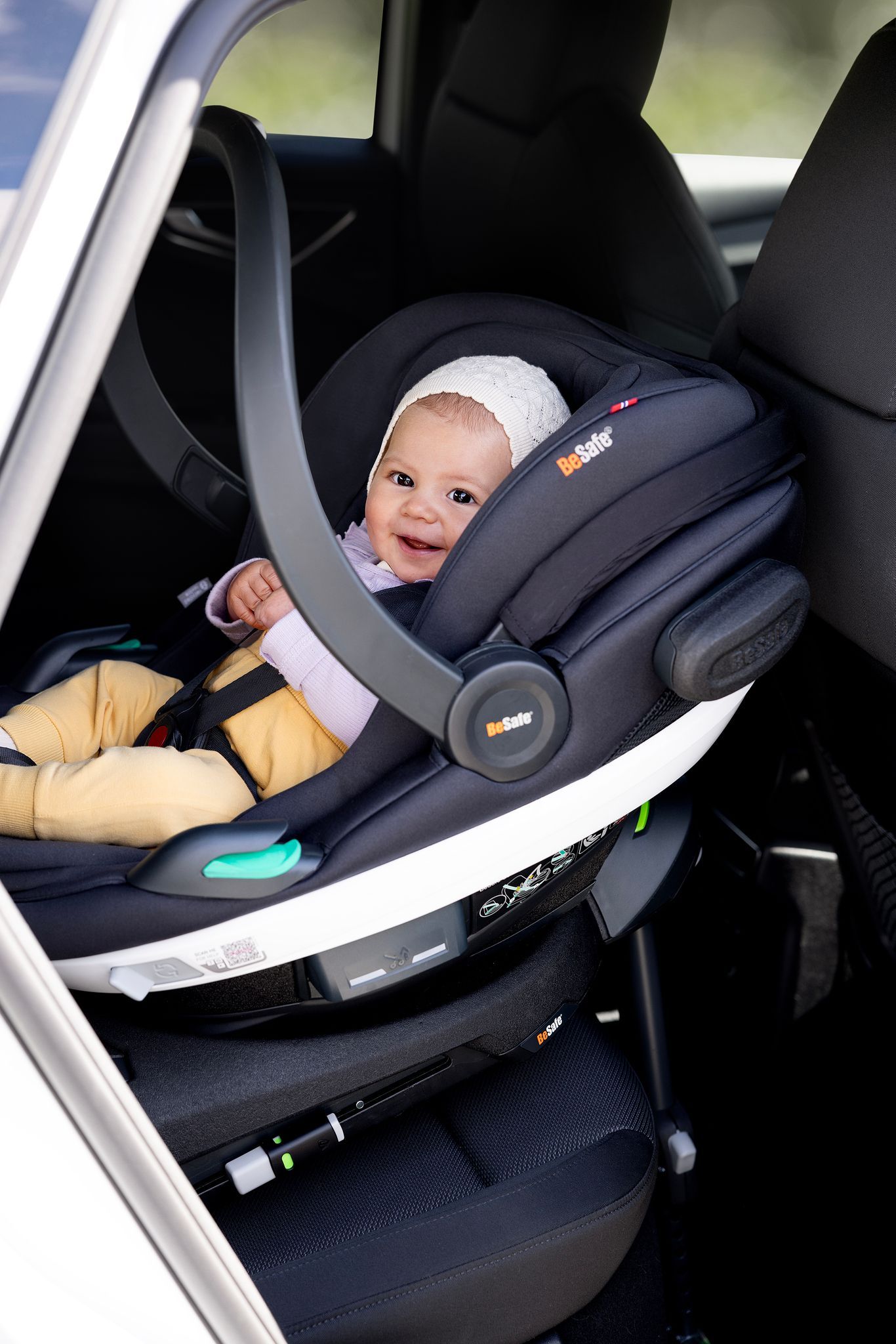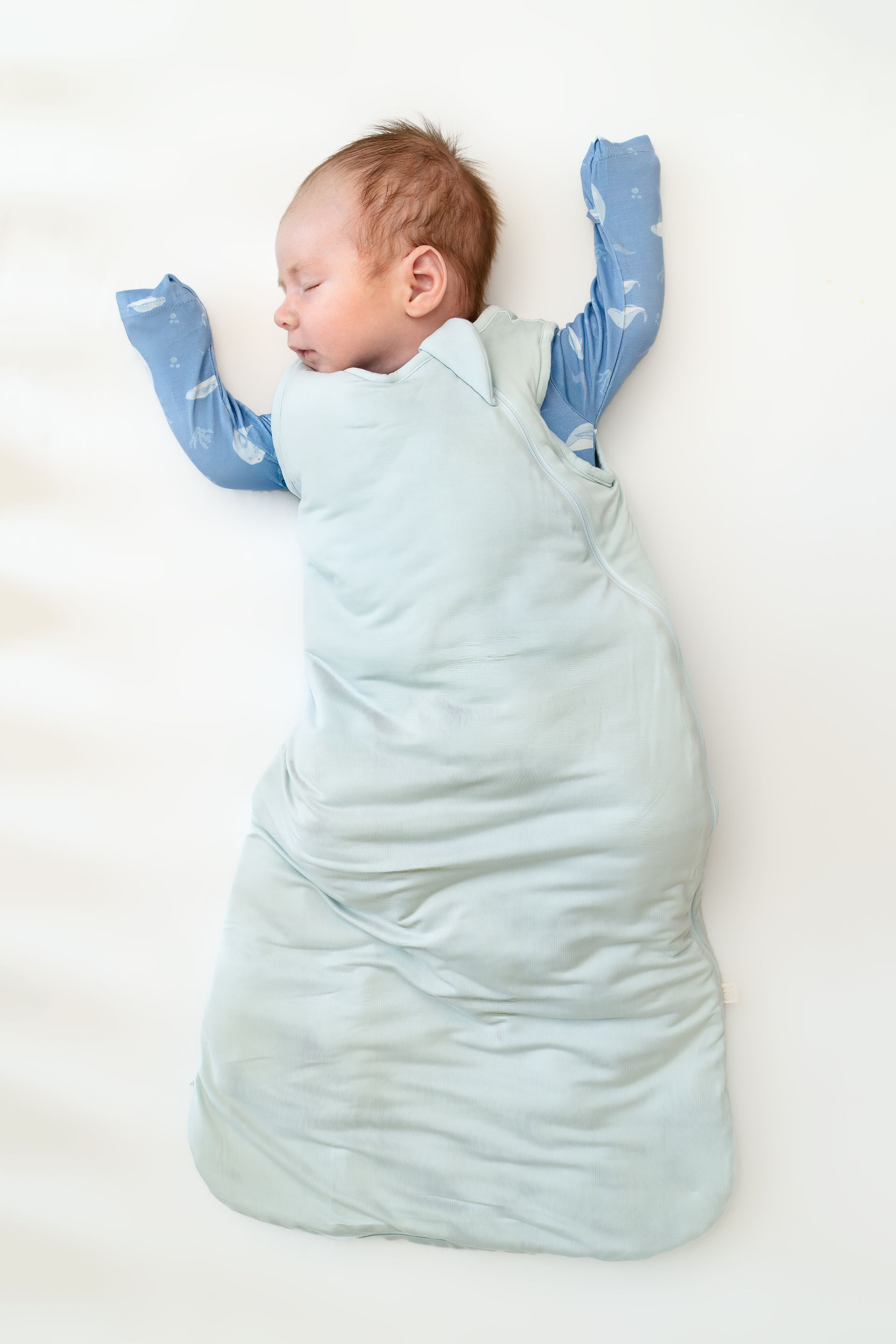With Child, Will not Travel!
Unveiling the secrets to a “sleep-full” vacation
Written by: Lamis Benjelloun
Summer is here and schools are out, or almost depending on where in the world you are. And unlike last summer, more people are planning to travel this year. As a result, I’ve been getting a lot of messages saying: “Help! I’m worried about messing up my baby’s naps if I travel! What do I do?”
Below you will find “before/during/after” notes to help you prepare for and enjoy your trip with your children.
The Planning
Packing… When it comes to sleep, it is best to be well prepared. Pack as much of their sleep routine and environment as you can. This means any and all of the following: portable blackout curtains, white noise machines, toddler clocks, sleep sacks, blankies, loveys, swaddles, storybooks and even gently used bed sheets. Also remember to take a strollers and/or carriers for possible naps on the go.
Prepare … If you are traveling with your own pack-n-play, bring it out a few days before the trip and have baby sleep in it at least once a day to get them used to it.
Rest … A well-rested child is much more flexible so plan to offer your baby extra sleep even before you embark on the trip.
Adjust … If you are traveling across a time zone or two and would like to adjust prior to the trip, start a few days before by delaying or bringing up bedtime and wake up time. See this older post for more details.
The Execution
Transportation… Whenever possible, try to book traveling so that you arrive at your destination prior to bedtime, giving your child time to adjust to the new space. If traveling by car with a child that is taking 2 naps, plan your trip around the second nap so that you can guarantee at least one good nap at home. If on a one nap schedule, plan the trip to start a little before the nap. If traveling by plane, the sound of the engine acts as great white noise and will usually help lull baby right to sleep.
Setting up … Try to recreate an environment that is similar enough to your child’s current sleep environment. If you have to share a room during the trip and you usually don’t at home, get creative in adding space, and possibly furniture, between your bed and your child’s. Use blackout curtains to ensure the darkness level required and a white noise machine to ensure a constant sound level. But don’t fret. If you don’t have any portable curtains or maybe you forgot them, a roll of packing tape with some construction paper (or black trash bags or aluminum foil) can do the trick! You can also find hours of white noise through a simple internet search.
Routine… Stick to the main backbone of your routine. Read a book, physically and mentally prepare for bed as you would at home so that your child can recognize when bedtime is coming.
Jet Lag … If you have not prepared for jet lag prior to departure, it’s OK. Adopt your destination time zone as soon as you arrive and expose your children to the outdoor and sunshine in the morning to help reset their circadian rhythms. See this older post for more details.
80/20 Rule… The most common concern when it comes to traveling with kiddos is how to preserve their naps without ruining everybody’s day out. For this, I want you to act in moderation, because remember, a tired child is a lousy travel companion. If you follow your child’s schedule 80% of the time, you can mess with it 20% of the time! But simply put, if you know that you will be up late for a dinner, make sure you offer at least one good nap that day. Or if you have to skip naps because you have a daytrip planned, you can aim for an early bedtime. Keep an eye on your child’s mood and if you see that they are particularly irritable, offer them an early bedtime that day or a good nap the next. Remember all that talk about moderation?
Naps on the go … Speaking of moderation, use naps on the go to your advantage. Take them for a long (boring) walk in their stroller or carrier to help them doze off if you are out an about during the day. A nap on the go may not be as restorative to your child as a crib or cot nap but it does go a long way in relieving sleep pressure.
The Aftermath
REST … When you come back home, plan to spend some time recuperating and recovering. Offer as many naps at home as possible and stick to early bedtime.
Back to Basics … Your child may or may not have picked up some new habits on the trip but if your child already has a good sleep foundation, they will be back to their routines in no time. Always remember to go back to basics and ask yourself:
* Is the environment dark, cool and quiet?
* What changed in the routine during the trip and how can we go back to the way things were?
* Is the schedule meeting the demands of my child’s age? Has he or she been awake longer than they can tolerate? Do they need a bit of a longer sleep window?
* Did they get enough sleep in the last 24 hours?
Are you traveling this summer? Share your packing checklist for your child’s sleep!





